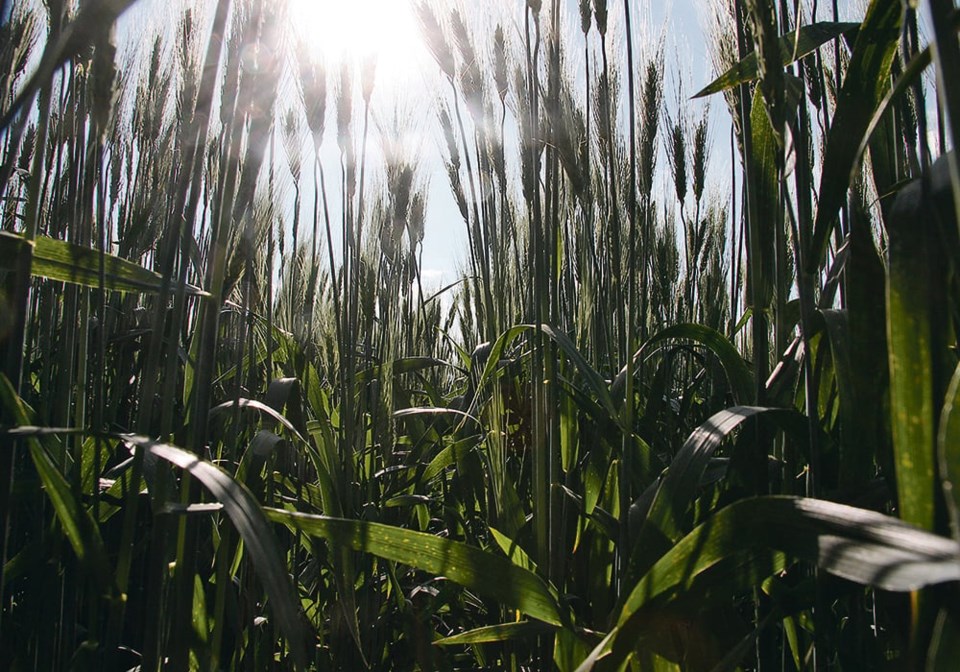WESTERN PRODUCER — North Africa’s durum crop is again under duress, which bodes well for Canadian exports to that region.
Vegetative health maps show most of the region is experiencing below average crop growth.
Drew Lerner, president of World Weather Inc., said northern Morocco and north-central Algeria are in better shape than a year ago, but the rest of those countries are worse off.
That doesn’t bode well because last year was a disaster for Morocco.
Farmers in that country harvested 789,000 tonnes of durum in 2022, a 68 percent drop from the previous year.
“Their water supply was exhausted last year and they couldn’t plant in the southwest,” he said.
Morocco imported 677,977 tonnes of Canadian durum in 2022, second only to Italy’s purchases of 728,242 tonnes. Algeria ranked third with 571,148 tonnes.
Algeria and Tunisia are experiencing a decline in vegetative conditions in almost every region compared to last year.
Crops are in the reproductive and filling stage of development and there is no relief on the horizon, said Lerner.
“There’s not going to be any moisture around for these areas that are already dry, which is really almost anywhere right now,” he said.
“My guess is they’re losing yield daily. For unirrigated areas, it’s not a really friendly environment right now.”
It is also dry in Spain, which is another big durum-producing area in the region.
“So, it could be kind of a significant fall off in production from that part of the world,” said Lerner.
His thoughts on North Africa jibe with a recent report issued by the GEO Global Agricultural Monitoring (GEOGLAM) Initiative.
“In Morocco, crops have been negatively affected by drought conditions and delayed sowing,” stated the report.
“While there was some recovery in the first half of December, inadequate rainfall in some regions has led to below-average yield prospects.”
Crops were in advanced vegetative stages at the time of the report.
“Substantial rainfall is needed in the coming weeks to sustain the crops during the flowering and grain-filling periods and prevent negative seasonal outcomes.”
Algeria experienced “severe rainfall deficits” at the start of the season, delaying planting and establishment.
“Rain is needed to avoid further crop damage,” stated the report.
Severe drought has led to soil moisture deficits and below-average biomass accumulation for wheat crops in central Tunisia.
Some northern regions of the country with widespread irrigation have above-average biomass, but water reserves are low, which could soon lead to water use restrictions, stated GEOGLAM.
Lerner said conditions have become worse since the report was published on March 2.
“It’s in a little bit more of an accelerated deterioration right now,” he said.
“There has been very little precipitation there recently.”
Temperatures are rising, which isn’t helping matters.
Morocco’s crop will be the first to be harvested, starting in late April. Tunisia’s will be the last, with harvest ending in July.

